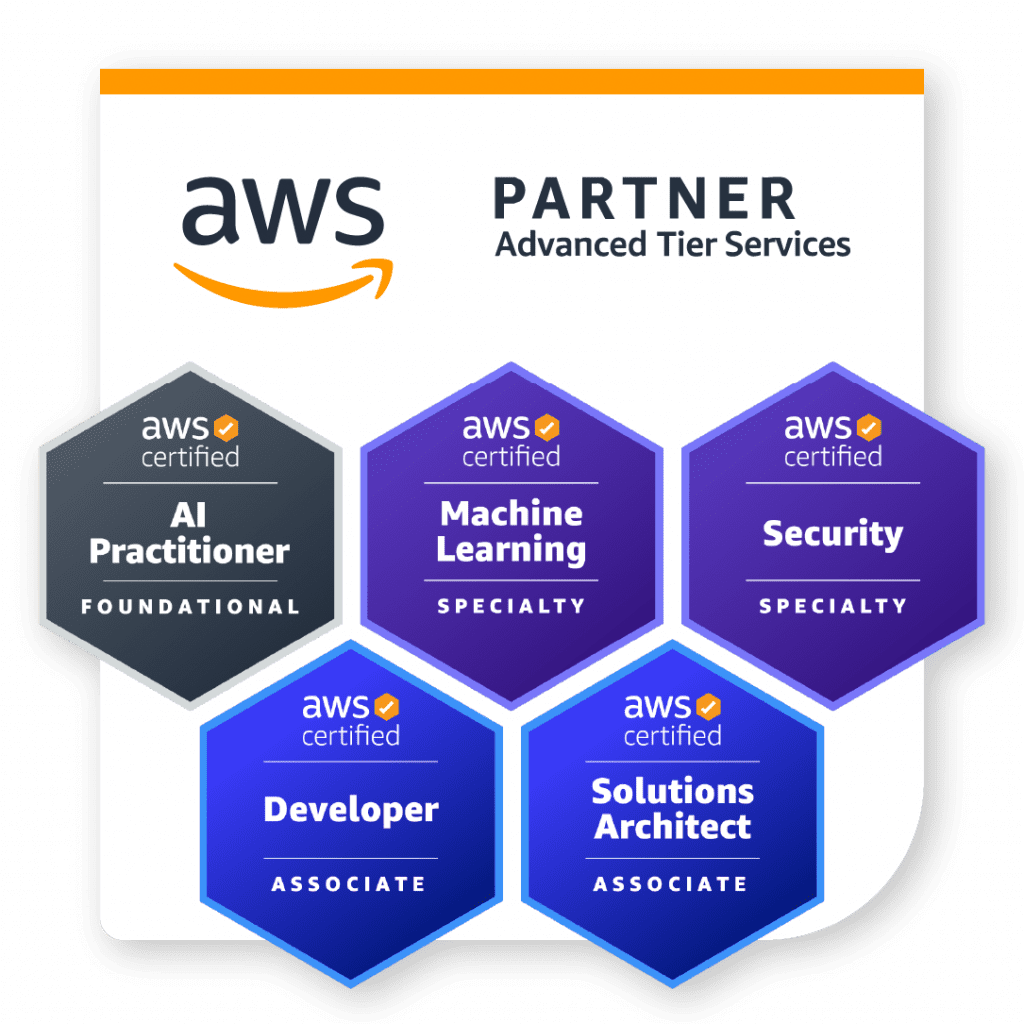
Table of Contents
Why is Cloud Security important for your business?
Think of Cloud Security as a multi-layered shield across your entire cloud environment. This shield includes the right policies, tools, and technologies to keep your data, resources, and workloads safe from threats
Modern cloud security, augmented by AI, can detect threats sooner and more accurately, reducing the likelihood of a costly incident
On average, data breaches can cost companies millions of dollars in lost revenue, legal fees, and reputational damage. By implementing robust cloud security practices, your organization can ensure your cloud-based operations run smoothly and securely, maintaining trust and reliability in your services.
What does ClickIT offer for Cloud Security?
Our services cover every aspect of cloud security, from robust data protection and compliance management to continuous monitoring and threat detection. We are committed to providing secure, efficient, intelligent, and scalable cloud environments that enhance business operations.
With ClickIT, you can trust that your cloud infrastructure is safeguarded by experts certified in AWS and AI, dedicated to maintaining the highest security and reliability standards.


Cloud Security Success Stories
FGI
Security Compliance
We leveraged AWS to prioritize security. We used AWS Guard Duty, CloudTrail, Cloudwatch, and Session Manager to limit the number of users and keep threats out of the environment
Ultrasound AI
Secure Healthcare Solution
We used a microservice built on Python to process ultrasound images, with the database hosted on MongoDB Atlas and a variety of AWS services following HIPAA regulations.
As digital threats evolve, we grow our commitment to protecting your unique cloud environment and sensitive data.
How to Ensure Cloud Security
Our AWS-certified engineers are prepared to cover your cloud security concerns from idea to migration and optimization.

Managed Services
practices.

Migration Services
and after.

Consulting Services
ClickIT’s dedicated team will provide innovative technologies, security solutions, and expertise to strengthen your cloud environment against threats and ensure compliance.
Who are the Top Cloud Service Providers?
According to Statista, the three leading cloud providers in the market are:
Cloud Security Tools and Regulations
- AWS IAM
- Amazon GuardDuty
- AWS Shield
- AWS KMS
- AWS CloudTrail
- AWS Macie
- Azure Active Directory
- Azure Key Vault
- Azure DDoS Protection
- Azure Sentinel
- Google Cloud IAM
- Google Cloud Key Management
- Google Cloud Armor
- Chronicle
- SOC2
- HIPAA
- PCI
- HITRUST
- ISO 27001
- Snyk
- DevSecOps
- Nessus
- Veracode
- Dependabot
- Arnica
- ZAP

Cloud Security Process
Cloud Security is a complete journey, from identifying potential threats to implementing the tools and protocols to safeguard your cloud environment. It is an ongoing process of shared responsibility that must fit your specific needs.
Identify Potential Threats
The first step in your cloud security process is recognizing the common threats your cloud environment might face. These include data breaches, DDoS attacks, insecure APIs, unauthorized access, and insider threats.
Assess Your Vulnerabilities
Conduct or hire a detailed cloud infrastructure assessment to identify any vulnerabilities. Use tools like vulnerability scanners and security assessments to diagnose weak points in your system that attackers could target.
Implement Security Measures
A multi-layered security approach to protect your cloud environment. This includes encryption for data at rest and in transit, strong identity and access management (IAM) protocols, and regular software updates to fix vulnerabilities.
Monitor and Detect
Continuous monitoring is essential to detecting and responding to security threats in real-time. Use cloud security tools to track unusual activities and potential breaches and AI-driven monitoring systems Set up automated alerts to address any suspicious behavior.
Respond and Mitigate
Have an incident response plan ready to address security breaches effectively. This should include steps for containment, mitigation, and recovery. Ensure your team is trained to handle incidents effectively to minimize damage and downtime.
Regularly Review and Update
Security is an ongoing process. Review and update your policies and practices to adapt to new threats and technologies. Conduct frequent audits and assessments to ensure your cloud security measures remain effective and compliant.
Cloud Security FAQs
Do you have more concerns about cloud security?
We’re here to clear them up.
Cloud security implements several practices, technologies, and tools to protect data and infrastructure in the cloud. It ensures the confidentiality, integrity, and availability of data and resources in the cloud
The types of cloud security cover key areas like:
- Data security refers to encryption and secure data storage.
- Network security involves securing data in transit and preventing unauthorized network access.
- Identity and access management (IAM) controls user access to cloud resources.
- Application security focuses on securing cloud-based applications.
- Compliance ensures that cloud services adhere to relevant legal and regulatory standards.
First, understand that cloud security is a shared responsibility with obligations for both the cloud provider and the customer. Next, perform a risk assessment to identify potential vulnerabilities and threats to your cloud environment. Choose and implement strong tools to secure your infrastructure and monitor it continuously.
Cloud security best practices include implementing robust identity and access management (IAM) to control user permissions and access, encrypting data both at rest and in transit to protect sensitive information, regularly updating and patching systems to address vulnerabilities, conducting regular security audits and compliance checks to ensure adherence to standards, and using automated monitoring tools to detect and respond to security threats in real-time.
To analyze vast amounts of data and detect threats more effectively than traditional methods. AI acts as a smart guardian in the cloud, automatically spotting and reacting to dangers to keep your cloud environment safe.



